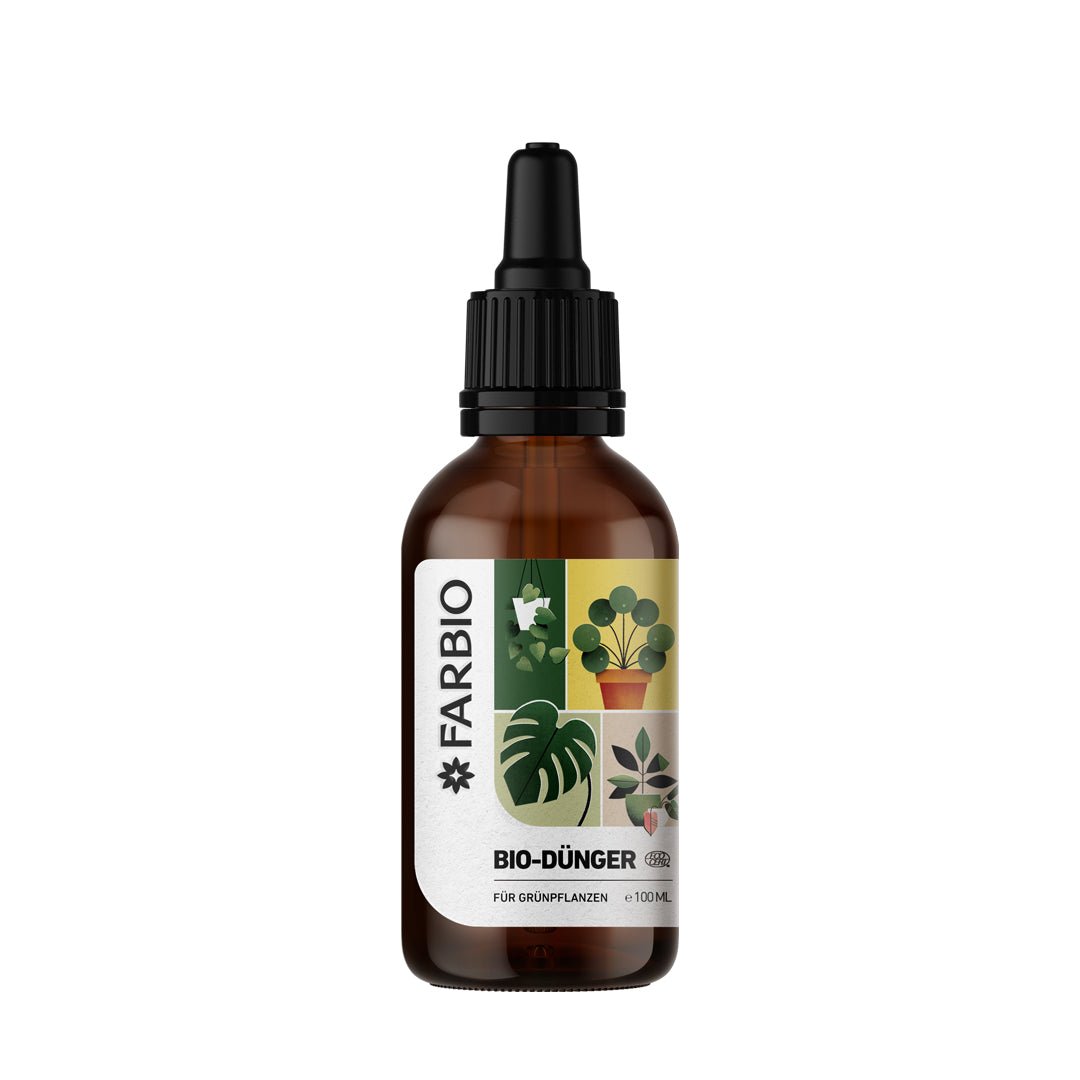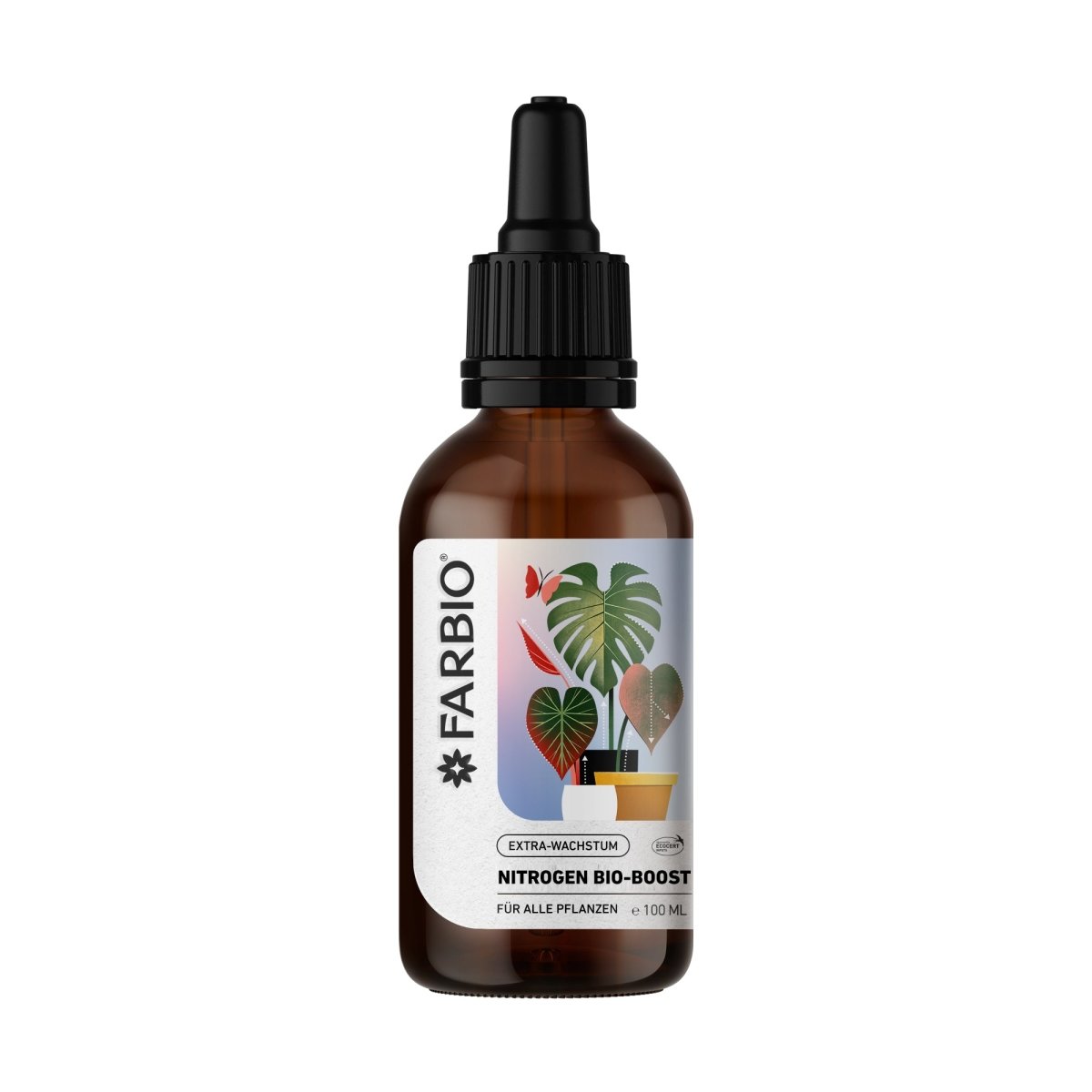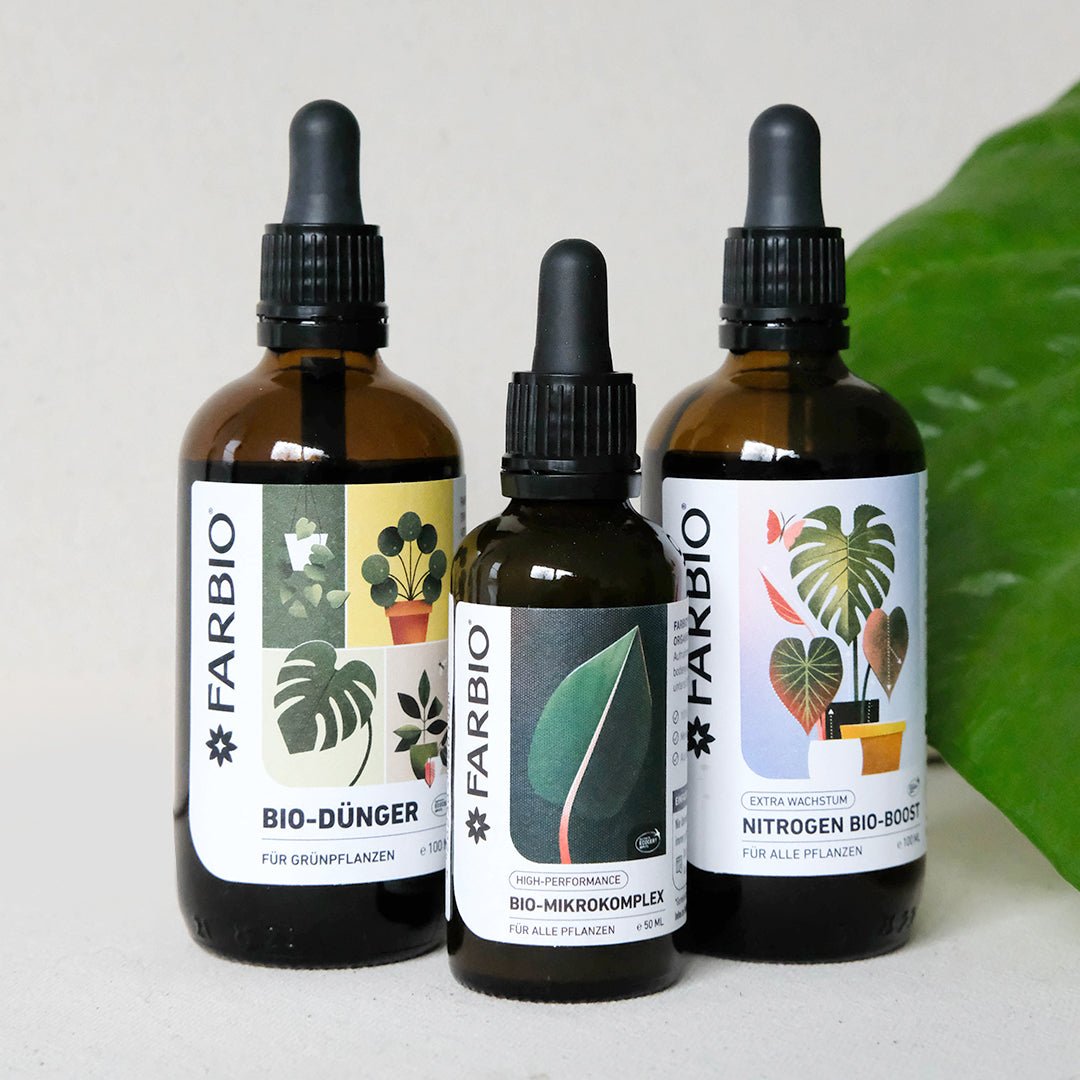If there are small black flies buzzing around your plant, they may be fungus gnats. These insects are not only annoying, but can also be harmful to the health of the plant - but they are harmless to humans. But how can you get rid of fungus gnats and prevent future infestations? There are several ways to rid houseplants of flies. Avoiding waterlogging can help prevent the fungus gnat from settling in the potting soil in the first place. If the plant is nevertheless infested, the affected plant should be removed from the potting soil, the roots thoroughly cleaned and the plant placed in fresh soil. You can find out more tips on how to get rid of the flies and what remedies are effective against fungus gnats here!
recognize fungus gnats
Usually, the tiny gnats that live in the soil of your plant are fungus gnats. They come up in a swarm when watering - their larvae remain unnoticed in the ground. These look very similar to the well-known fruit flies and can be recognized by their black color and narrow body. Fungus gnats come in different sizes, ranging from about one millimeter to seven millimeters. The females have no wings. Although fungus gnats only live for a maximum of five days, they multiply quickly and therefore gradually infest other plants.

Where do fungus gnats and their larvae come from?
Especially in winter, the annoying fungus gnats appear among many plant lovers. Attracted by moist substrate, the flies lay their eggs on the surface of the earth. During their development in the soil, the little larvae prefer to eat the roots of our green darlings.
The females lay about 300 eggs in the ground, from which a pupa first develops, which later turns into a larva. These are gray to white with a black head. At this stage of development, they still live underground and are therefore not directly visible. They feed on rotted plant tissue and the fine roots of plants. After about 20 days in the ground, they develop into mature insects and then fly around the apartment.
Fight fungus gnats
If you too are struggling with an annoying infestation, we have put together some chemical-free methods for fighting fungus gnats so that you can get rid of the little beasts as quickly as possible.
neem oil
The oil from the seeds of the neem tree has a natural toxic effect on the chitin formation of insects. This disrupts their growth. A special element called azadirachtin in neem has a negative effect on insect hormones. You can find out more here!

Fight with yellow boards
The sticky yellow panels attract the fungus gnats and they then stick to the surfaces. Whether the females have laid their eggs before they stick to the yellow boards cannot of course be ascertained here.
Beneficial against fungus gnats: nematodes
Beneficial insects called nematodes can be used to combat fungus gnats. They can eat the larvae and pupae without harming your plants. This form of control is biologically and ecologically harmless. If you have a lot of fungus gnats, it is advisable to use roundworms. These are dissolved in lukewarm water and added to the irrigation water, where they feed on the fungus gnat larvae within three weeks and then die. Another option is predatory mites, which can also be used against other pests. They only need seven to ten days to destroy the fungus gnats. Bacillus thuringiensis, a bacterium, also works within a few days by dispersing toxic proteins via spores in the pot. These beneficial insects also offer long-term protection as they can continue to reproduce.
Strengthen Plants - Indirect control of small flies in the soil
With our FARBIO® organic micro-complex special fertilizer, the focus is on the natural protection of your plants. By supplying them with essential trace elements, you ensure that plants become more vital and resistant! The vegan foliar fertilizer with nanoparticle technology promotes rapid absorption of complex micronutrients and strengthens the self-protection mechanism of your plants. This reduces the effects of severe pest and disease infestations, which are particularly common in the cold season.

Home remedies for fungus gnats in potting soil
Fast action is required to prevent further spread of fungus gnat infestation. It is not necessary to use chemical agents as there are also some home remedies that are effective against fungus gnats. Unfortunately, we cannot confirm that matches or baking powder in the soil can help to combat larvae of fungus gnats.
repot
Repotting is an effective way to combat an easily affected plant. To do this, the soil of the affected plant must be removed by cleaning the roots with water. However, this can be very time-consuming in an apartment with many green plants, since the soil of all plants has to be replaced.

quartz sand
The potting soil can also be covered so that the fungus gnats no longer have access to the plant. They can no longer reproduce and the plant is slowly being freed.
Simply spread a layer of sand of 1-2 centimeters on the ground and keep it as dry as possible. Bird sand can be used for this and, if necessary, an additional layer of pebbles. Alternatively, this method can also be used with coffee grounds.
Prevent fungus gnats and protect your plant from pest infestation
In order to prevent infestation by mosquitoes and the like, the potting soil should be made in such a way that it is not very attractive to fungus gnats. Since these insects prefer to be in warm environments, they tend to appear in the colder months when there is a lot of heating. To prevent this, you should make sure that the room temperature does not get too high in winter, up to 20 degrees Celsius would be ideal here.
Since the fungus gnat larvae always need moist soil during their development, you should only water again when the top layer of the potting soil has already dried. However, if plants need to be watered more frequently, a good alternative is to add the water via the saucer or to grow mineral substrates or houseplants in hydroponics.

Avoid fungus gnats in potting soil
It is important to note that fungus gnats can already lay eggs while storing the potting soil. It is therefore advisable to store the bag in a cool and dry place after purchase until use.
Before new potting soil is used, you can test it for the annoying pest: To do this, remove something from the soil and put it in a flower pot with a yellow board. When the sticker is placed, the soil can be moistened. If no flies buzz within 3 weeks and then stick, then the soil is free of larvae of the fungus gnat!















